My Bottlebrush Won’t Bloom: Tips For Getting Bottlebrush To Flower
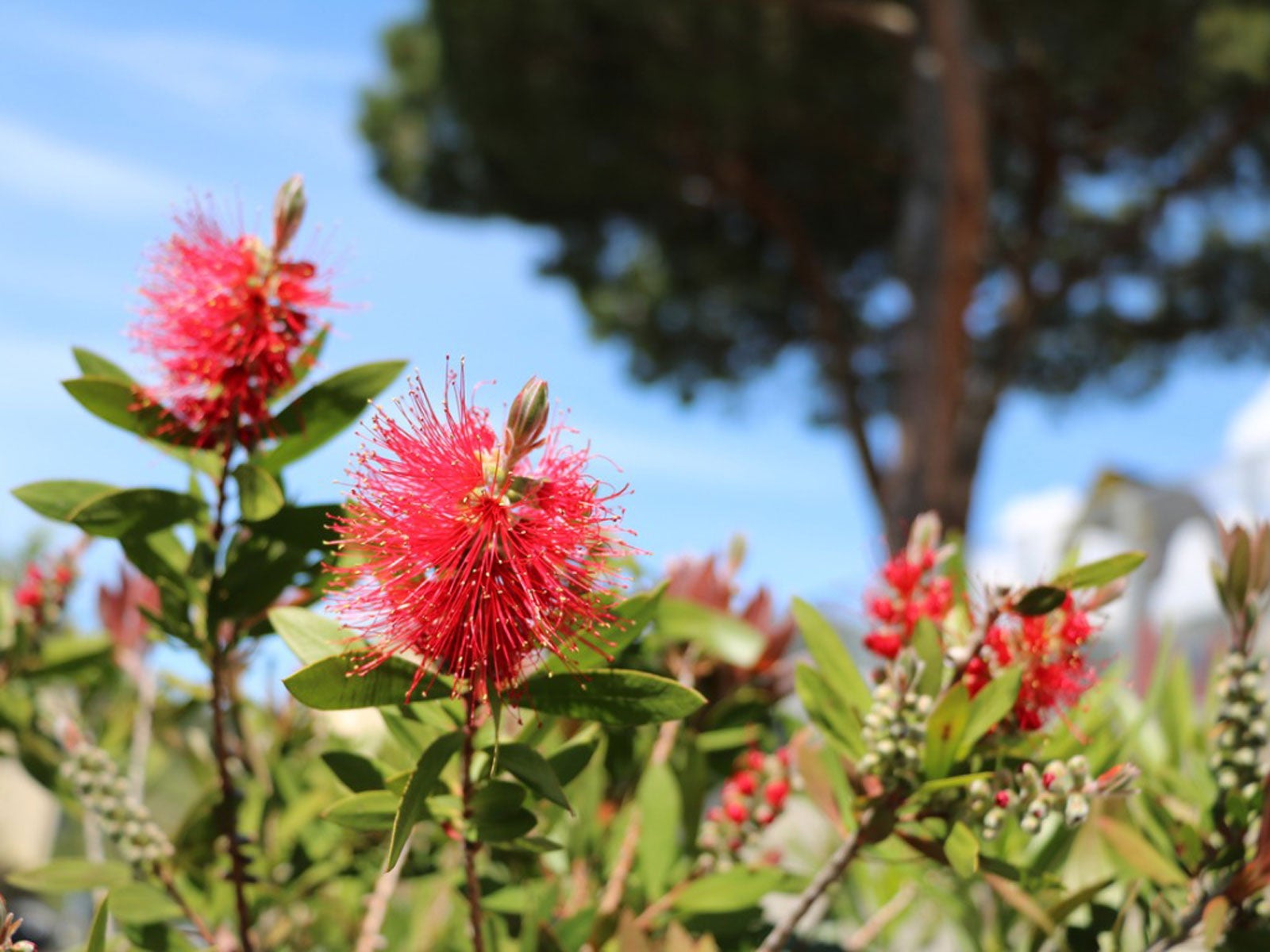

Sometimes, the common names of plants are spot on, and bottlebrush plants are a great example. These native Australian shrubs produce bright red flowers that look just like the brushes you use to clean bottles. If your plant isn’t producing any of these cool, vibrant flowers, you’re missing out. How to get blooms on bottlebrush? For tips on getting bottlebrush to flower, read on.
Bottlebrush Plant Problems
When your bottlebrush plant (Callistemon) won’t bloom, your entire garden looks less joyful. Several different bottlebrush plant problems can result in a situation where bottlebrush won’t bloom. What are the most common reasons for bottlebrush not flowering? If your bottlebrush won’t bloom, it’s probably something you are doing wrong in caring for it.
Light
Reasons for a bottlebrush not flowering usually begin with a lack of sunshine. The first thing to consider if you notice that your bottlebrush won’t bloom is where it's planted in your garden and if it gets enough sunshine. Bottlebrush plants need sunshine to grow and thrive. Experts advise you to plant these shrubs in a site that gets full sun, at least six hours a day. You can expect to see your bottlebrush not flowering if you position the plant in shade, or if plant neighbors grow enough to block sun from the shrub. What to do? You can cut back nearby plants and shrubs to allow sunlight to get to the bottlebrush. Alternatively, dig up the plant and move it to a sunny site. Getting sun on bottlebrush leaves is the first step to getting bottlebrush to flower.
Fertilizer
If you want to know how to gets blooms on bottlebrush, don’t shovel on the nitrogen fertilizer. Nitrogen causes foliage to grow, and sometimes it grows at the expense of flower and/or fruits. Read and follow label instructions on the fertilizer carefully. If you are going to make a mistake, err on the side of giving it less, not more.
Pruning
There’s no harm in trimming the tips of your bottlebrush plant to keep the shrub shapely. But if you prune at the wrong time, you may find your bottlebrush won’t bloom. If you prune a plant while it is laden with buds, you are sure to minimize the amount of flowers it produces, or eliminate blossoms altogether. One key point in getting bottlebrush to flower is not snipping off the flower buds. Generally, it’s best to prune a bottlebrush just after flowering is done. But, as gardeners know, this is a shrub that blooms intermittently all year. The most prolific flowering, however, occurs in late spring and summer. It is just after this round of flowers that you want to get out the trimmers to shape your bottlebrush.
Gardening tips, videos, info and more delivered right to your inbox!
Sign up for the Gardening Know How newsletter today and receive a free copy of our e-book "How to Grow Delicious Tomatoes".

Teo Spengler is a master gardener and a docent at the San Francisco Botanical Garden, where she hosts public tours. She has studied horticulture and written about nature, trees, plants, and gardening for more than two decades. Her extended family includes some 30 houseplants and hundreds of outdoor plants, including 250 trees, which are her main passion. Spengler currently splits her life between San Francisco and the French Basque Country, though she was raised in Alaska, giving her experience of gardening in a range of climates.
-
 Looking For Plants To Give You The Soft And Fuzzies? Try These 5 Fuzzy Leaf Plant Options
Looking For Plants To Give You The Soft And Fuzzies? Try These 5 Fuzzy Leaf Plant OptionsLovers of texture, drama, silver foliage and tactile plants will adore these special sensory garden additions. These fuzzy leaf plant options will leave you all aglow
By Susan Albert
-
 Get Ready For A Summer Of Hummers! Grow These Full Sun Hummingbird Plants and Flowers
Get Ready For A Summer Of Hummers! Grow These Full Sun Hummingbird Plants and FlowersIf you’re lucky enough to enjoy a sunny backyard, make sure you are maxing out on your pollinator opportunities and grow these full sun hummingbird plants and flowers
By Tonya Barnett
-
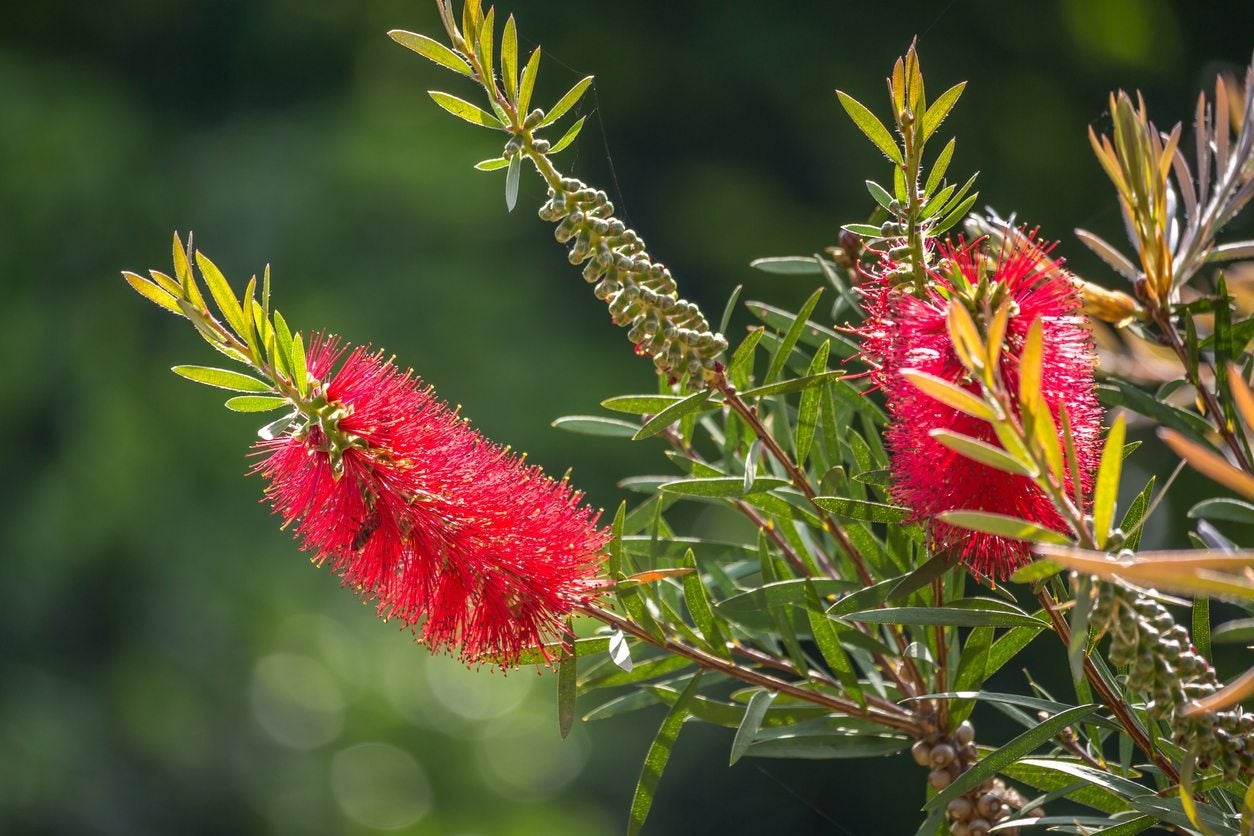 Treating Sick Bottlebrush Plants: Learn About Diseases Of Bottlebrush
Treating Sick Bottlebrush Plants: Learn About Diseases Of BottlebrushFew plants fit their common names better than bottlebrush shrubs. These eye-catching plants are generally vital, healthy shrubs, but occasionally bottlebrush diseases strike. If you have sick bottlebrush plants, click here for helpful information.
By Teo Spengler
-
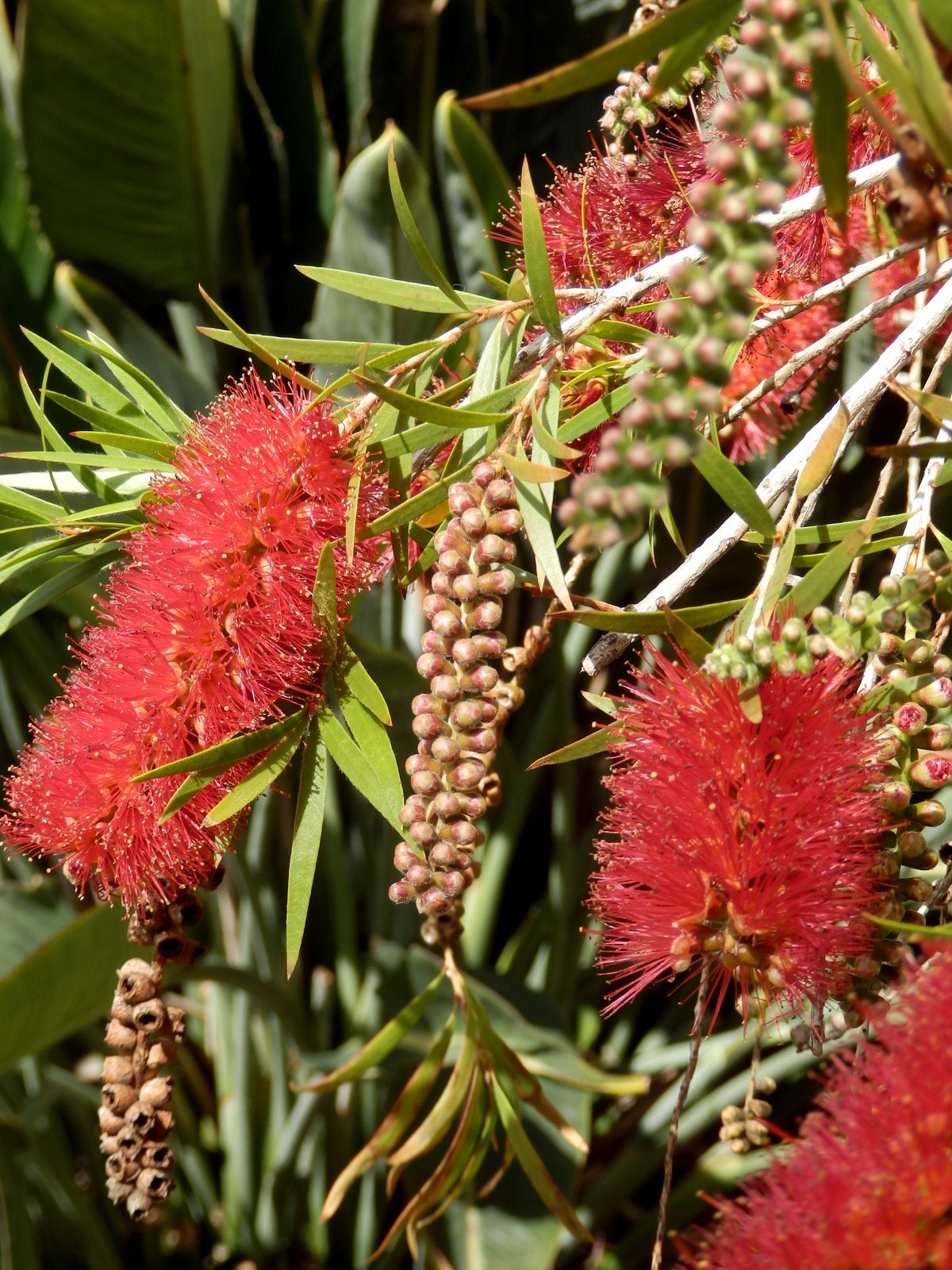 Propagation Of Bottlebrush Trees: Growing Callistemon From Cuttings Or Seed
Propagation Of Bottlebrush Trees: Growing Callistemon From Cuttings Or SeedBottlebrushes grow into big shrubs or small trees. The spikes look like the brushes used to clean bottles. Propagation of bottlebrush trees is not difficult. If you want to learn how to propagate bottlebrush trees, click on this article.
By Teo Spengler
-
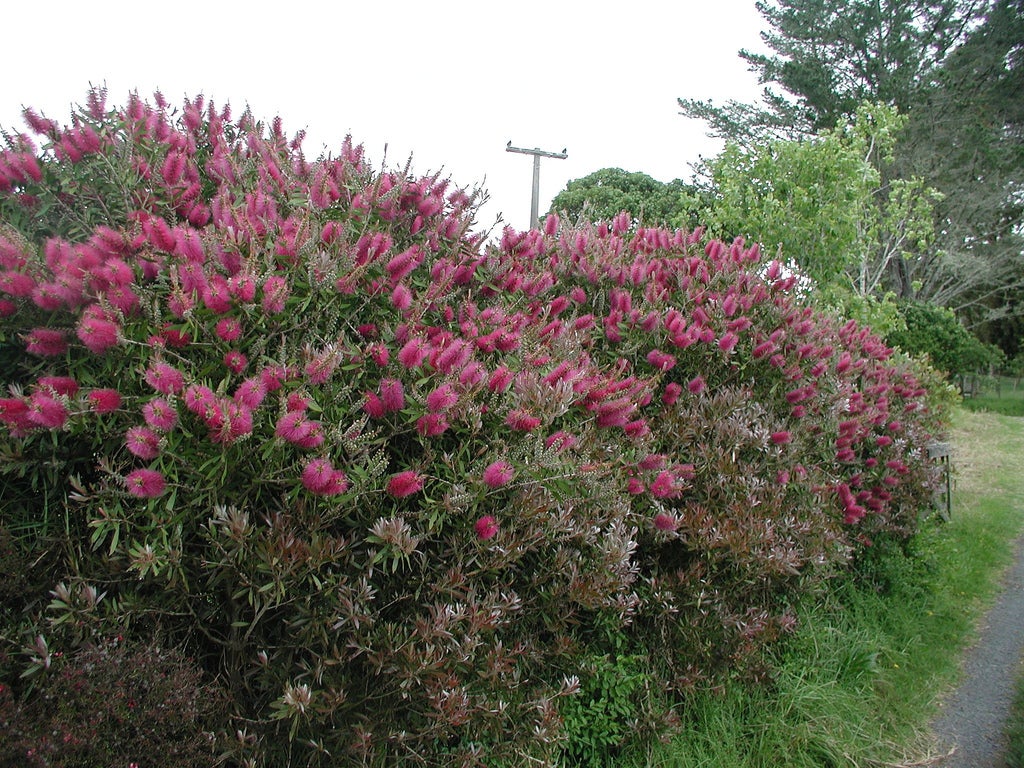 Pruning Bottlebrush: When And How To Prune Bottlebrush Plants
Pruning Bottlebrush: When And How To Prune Bottlebrush PlantsFor the best appearance and the most abundant blooms, learning how to prune bottlebrush plants is an important part of bottlebrush care. Learn more about this here.
By Becca Badgett
-
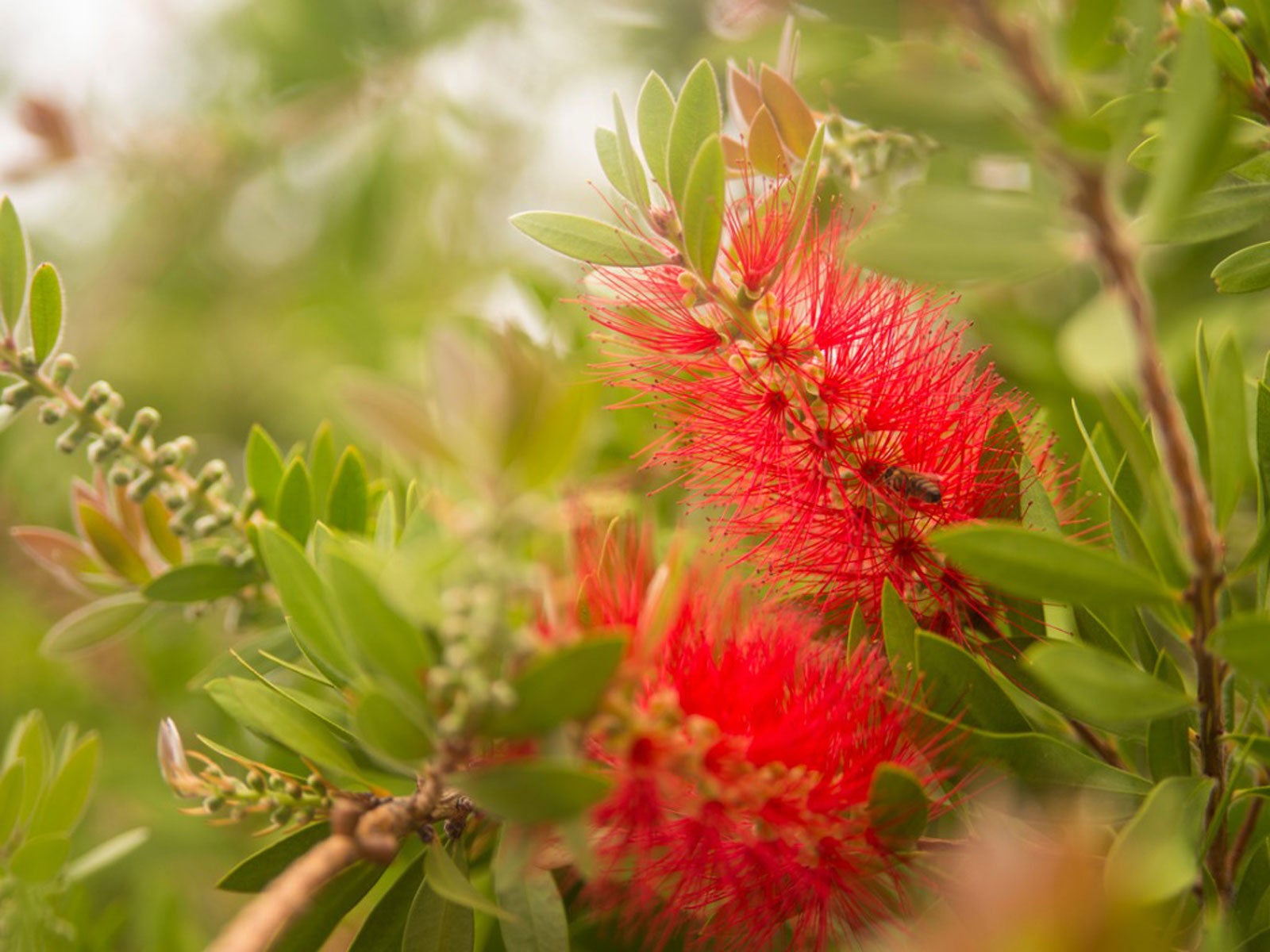 Bottlebrush, A Complete Plant Care And Growing Guide
Bottlebrush, A Complete Plant Care And Growing GuideAptly named, callistemon bottlebrush flowers add a wispy shape, texture and color to your garden. They're happiest in zones 8 to 11.
By Jackie Carroll